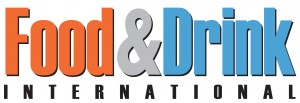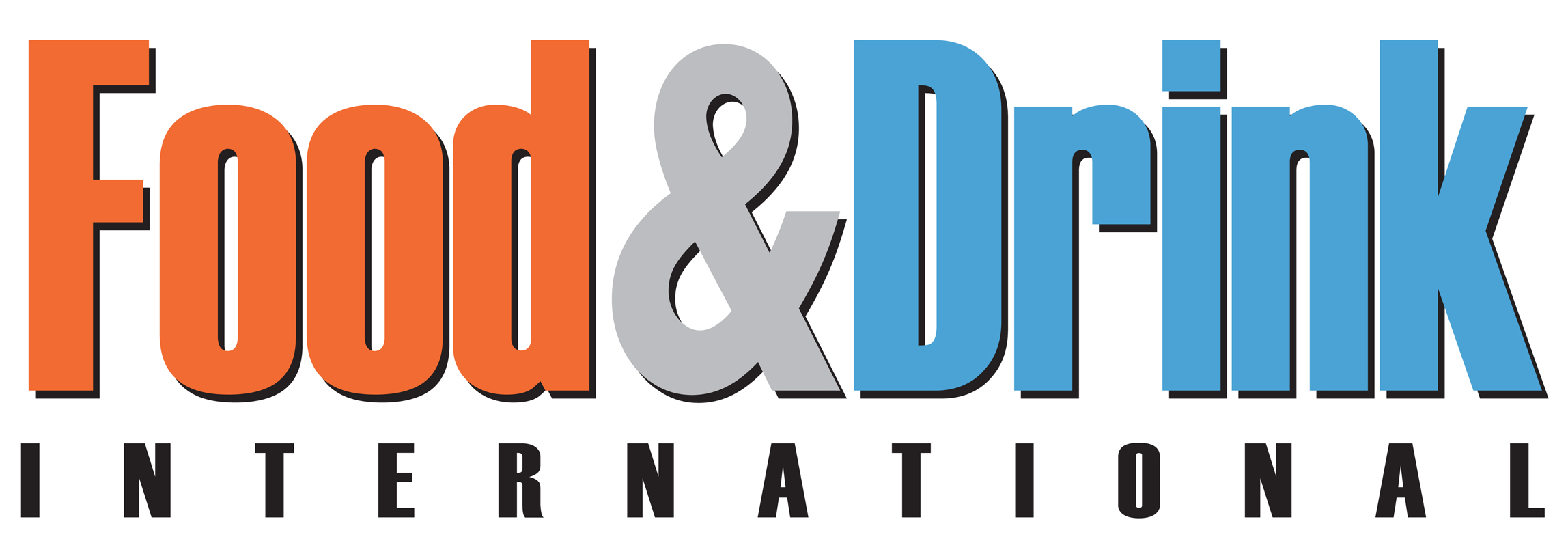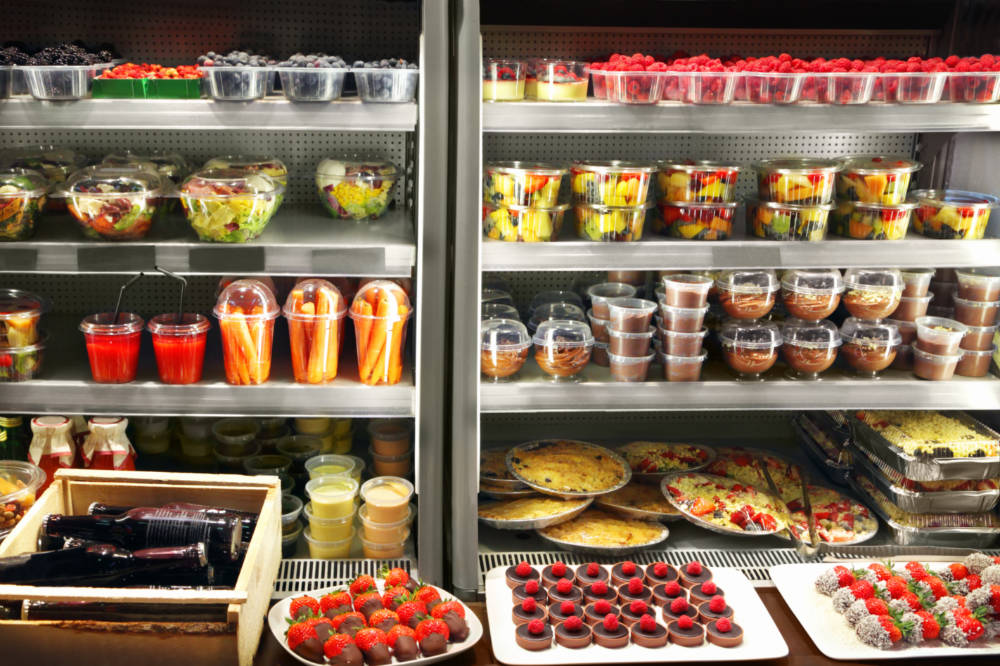Food inflation in the UK is accelerating, with the British Retail Consortium reporting a 4.2% increase in the year to August, the steepest rise since February 2024. The Office for National Statistics confirms similar trends across daily essentials, including eggs, butter and chocolate.
Supply pressures start at the source. Cocoa harvests in West Africa have been disrupted by climate impacts and disease, tightening global supply. Egg producers face rising feed costs and disease outbreaks, while dairy production contends with similar constraints. Reduced availability of core ingredients limits substitution options, giving producers more leverage over buyers.
Food manufacturers are adjusting by rationalising product ranges and limiting variety. Chocolatiers have dropped lines due to rising cocoa costs, and retailers and cafés have streamlined offerings. Labour and energy costs add further constraints, reducing flexibility and increasing operational risk.
Retailers face rising supplier costs alongside price-sensitive consumers. Strategies include shrinkflation, private-label growth, and relying on non-food promotions to offset pressures. Inventory management becomes more complex as demand patterns fluctuate.
Some companies are pursuing long-term resilience through innovation. Mars has partnered with Pairwise to develop more climate- and disease-resilient cocoa using gene-editing technology. Hershey is diversifying ingredients to reduce cocoa dependence. Lindt reports weakening demand as cocoa prices remain high. Scaling these solutions will take time, leaving supply chains exposed in the short term.
The UK food sector continues to navigate rising costs, limited supply and operational constraints, highlighting vulnerabilities from farm production to retail shelves.


